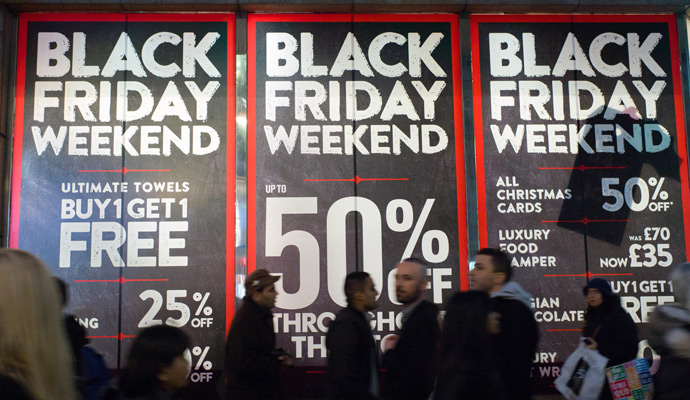When Fewer Employees Can Do More
Measuring the impact of workload on productivity — and finding the sweet spot and the outer limit.
Title: When Does the Devil Make Work? An Empirical Study of the Impact of Workload on Worker Productivity (Free)
Authors: Tom F. Tan (University of Pennsylvania) and Serguei Netessine (INSEAD)
Publisher: INSEAD Working Paper No. 2012/58/TOM/ACGRE
Date Published: May 2012
Making optimal decisions about staffing levels and calculating how large a workload employees can handle without compromising performance is a crucial issue for managers — and has been for more than a century, going back to the studies of Frederick Winslow Taylor and other early efficiency experts. But finding ways to increase productivity is especially necessary in today’s shaky economy, one in which many companies are still reducing staff to curb costs or are extremely reluctant to add employees even if business is on the upswing. In particular, decisions about workloads are critical for those running a retail store, call center, or other type of service-related business, where demand fluctuates significantly throughout the day and success rests largely on pleasing customers.
This paper, which examines the relationship between employee workload and performance at several locations of a large restaurant chain, points out areas for improvement but also warns anew that workload increases can prove counterproductive when certain limits are reached. It identifies a saturation point at which any increase in hourly workload leads to a decline in employee performance (and hence sales). But because the employees in this study generally fell well short of reaching that point, the authors show that, counterintuitively, the restaurant chain could reduce its staff (and cut labor costs by about 20 percent) while significantly increasing sales (by about 35 percent).
The restaurant industry employs about 13 million people in the United States, or about 10 percent of the total workforce. Since the number of diners interacting with waiters and waitresses can fluctuate wildly (from busy Saturday nights to downtimes during afternoons), the restaurant setting enabled the authors to analyze how changes in workload affected servers’ performance. And there’s ample room for improvement: Prior studies have shown that employee productivity in the food service industry is only half that achieved in the manufacturing sector.
Servers have a significant impact on both guests’ satisfaction and a restaurant’s profit margin. According to a study by the National Restaurant Association, diners complain far more frequently about service speed (such as long waits to pay the bill) and rude or inattentive staff than they do about food or ambiance.
To maximize sales, restaurants typically train their servers in up-selling and cross-selling techniques, to encourage customers to order additional items like appetizers, desserts, and high-priced drinks. Research has shown that diners are more likely to buy additional items when their server suggests doing so.
The authors obtained transaction data from five casual, family-style restaurants operated by a chain in the suburbs of Boston. They studied data from August 2010 to June 2011, including information about sales, party size, gratuities, when each service began and ended, and the identity of the server. To reduce the impact of outliers such as private banquets or big parties, the authors dropped the checks that were in the day’s top and bottom 7.5 percent. They also controlled for fluctuations in demand.
On average, the authors found, each meal lasted about 47 minutes, generating total hourly sales of a little more than $450 for each restaurant. About 26 diners entered each restaurant per hour, and each establishment had almost six servers working per hour, resulting in an average hourly workload of 4.3 diners per server. When the overall workload was low, an increase in customer traffic led to higher server performance, in terms of more sales per customer on an hourly basis, the authors determined. The pickup in traffic reduced the servers’ idle time, which would otherwise be spent in non-selling activities such as folding napkins or talking with colleagues. But the increase in activity still left the servers with enough time to interact with customers and increase their spending via suggestive selling strategies.
Sales per customer, however, began decreasing above a certain threshold (about 5.76 diners per server per hour, a level experienced by only some of the servers at certain times). The servers spent more time taking orders and delivering food and had less opportunity, and less motivation, to try to get the customers to buy additional items or expensive drinks, the authors argue. The higher workload could also make the servers distracted or fatigued, contributing to the slump in performance.
Overall, the restaurants’ average of 4.3 diners per server meant it was significantly overstaffed and that its servers were falling short of the optimal workload for hourly sales by almost a customer and a half.
Using regression analysis, the authors calculated that the optimal staffing levels would result in a rise in hourly sales per customer of 41 percent, given that a server’s selling of an additional appetizer, dessert, or glass of wine is worth that percentage of the cost of an entrée. But they also calculated that increasing the hourly workload to the optimal level would cost about 6 percent in sales because diners would spend about 2.5 percent less time having their meal, slightly reducing opportunities to buy more food. This leaves the restaurants with a 35 percent boost in sales.
Additionally, the authors found that the restaurants were overstaffed more than 75 percent of the time by an average of 1.14 servers per hour. Cutting those excess staff hours would save about 20 percent in labor costs, the authors calculated.
Bottom Line:
For service-sector businesses that rely on customer sales to drive profits, balancing employee workload and performance can have a significant impact on a firm’s bottom line. Based on a case study of a large restaurant chain, this paper pinpoints an optimal staffing level to maximize sales and finds that the restaurants could reduce the number of hours that their employees work and yet increase their revenue.




